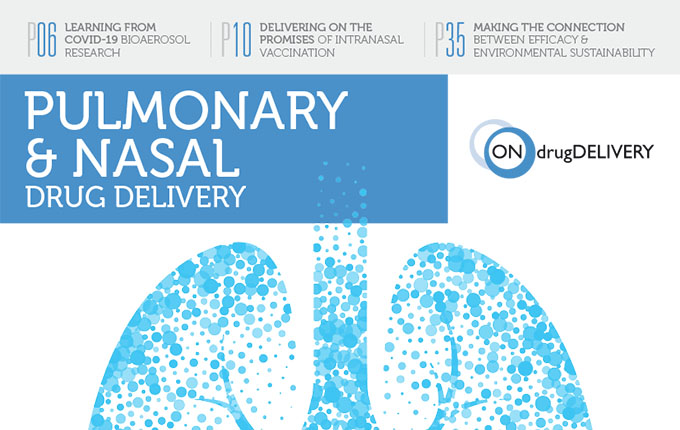The Aeronose™ cast is a 3D printed replica of an adult Caucasian male’s nasal cavity, segmented into distinct regions. The solutions sprayed into the cast were then separated and quantified using a spectrophotometer. This in vitro data was used to predict systemic pharmacokinetics of a nasally administered drug – sumatriptan, using a PBPK model that mapped the entire process of drug absorption and clearance.
The model followed standard PBPK frameworks, representing orally inhaled and nasal administration and was parameterized using standard literature sources. With the help of Python and SciPy, the PBPK model equations were solved and a principal component analysis was conducted to further comprehend the relations between deposition patterns and systemic pharmacokinetics.
The results, quite strikingly, demonstrated that the vertical angle of drug administration significantly influenced the maximum plasma concentrations of the drug, with the optimal angle found to be 35°. Moreover, a strong correlation between the deposition of the drug on the turbinates and floor of the nasal cavity, and the systemic pharmacokinetics of the drug was observed.
In conclusion, this in vitro/in silico approach has the potential to provide specific targets and understanding to maximize systemic exposure of drugs delivered through nasal spray systems. It underscored the importance of certain nasal regions like the turbinates and floor for systemic drug delivery, considering factors such as surface areas, tissue depths, and blood flows to various nasal regions. This method could lead to enhanced drug delivery systems with an in-depth understanding of why specific targets apply.
Learn more about Aptar Pharma Expertise
in Nasal Drug Delivery
This Might Also Be of Interest

End-To-End Support at Every Stage of Your Drug Development Journey
Brochures, Pharmaceutical, Drug Delivery Innovations, Brand Differentiation, Product Solutions

Towards A New Standard of Care with Aptar Pharma’s Digital Health
Publications, Pharmaceutical, Product Solutions, Innovation & Insights, Drug Delivery Innovations
Aptar Pharma discusses an antibody nasal spray for SARS-CoV-2
Publications, Pharmaceutical, Innovation & Insights, Product Solutions

Delivering On The Promises of Intranasal Vaccination
Publications, Pharmaceutical, Drug Delivery Innovations, Market Insights, Product Solutions
